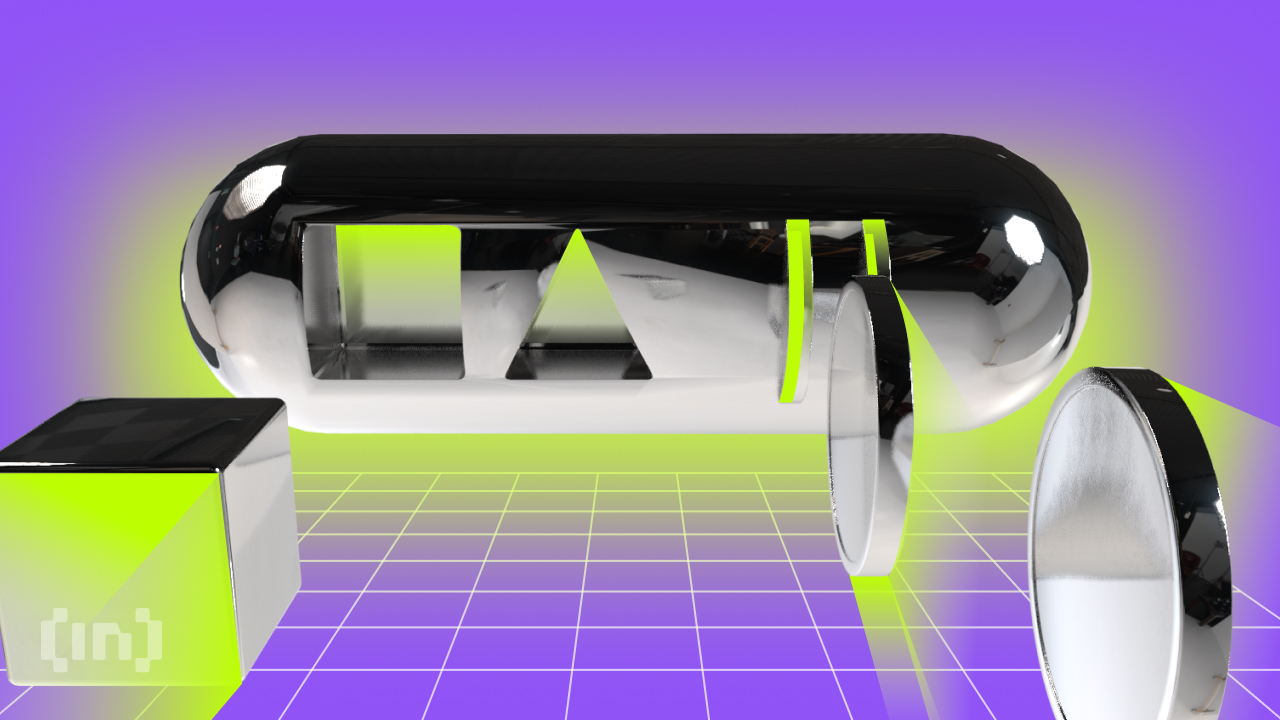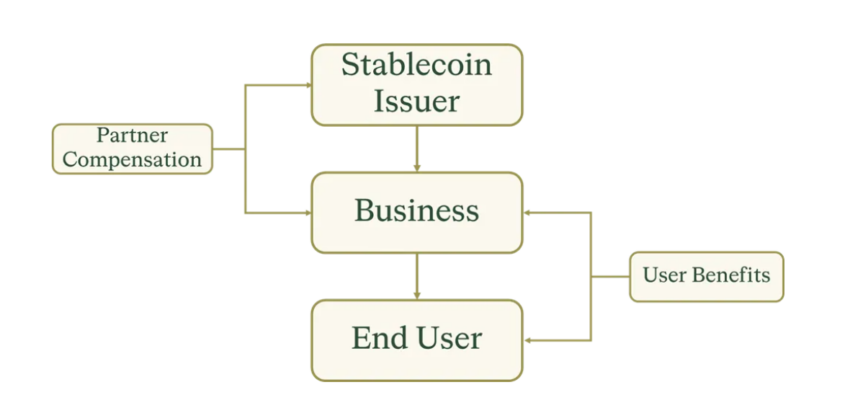Nick van Eck’s Agora AUSD Launches on Ethereum in June, Marking Stablecoin 3.0 Era
0
0

Nick van Eck, CEO of Agora and son of asset management giant VanEck, will launch US dollar-pegged stablecoin AUSD on the Ethereum network in June.
This move introduces the concept of Stablecoin 3.0, aiming to revolutionize the digital dollar market.
Stablecoin 3.0: How AUSD Plans to Address Challenges in Utility and Acceptance
Agora envisions digital dollars becoming the dominant currency globally, starting with the Eurodollar market. In a recent blog post, Van Eck projects Agora’s AUSD model to lead this transformation by 2030, with the stablecoin market expected to grow from $150 billion to $3 trillion.
According to van Eck, stablecoins have evolved significantly over the past decade. Stablecoin 1.0 began with Tether (USDT), which introduced centralized digital dollars.
Read more: What Is a Stablecoin? A Beginner’s Guide
Following this, the era of Stablecoin 2.0 came, represented by USDC and BUSD. They offered greater transparency and licensing but retained a single-partner distribution model. However, this model often led to conflicts of interest, as substantial economic benefits were shared with major competitors.
Stablecoin 2.0 issuers benefited from rising interest rates, but the advent of “yield-bearing stablecoins” presented new challenges. Many jurisdictions classify these products as securities, limiting their utility, acceptance, and liquidity. They also struggle to sustain business models and develop ecosystems due to insufficient margins.
“Despite being dollar-denominated, these products are essentially yield products. They may attempt to brand themselves as stablecoins or to be used as a means of payment or trading, but they are unlikely to achieve substantial demand in these areas. Substantial demand being subjectively defined as being used by traditional corporates, financial service firms, and $25 – $50 billion of circulating supply,” van Eck noted.
Van Eck emphasized that businesses are the real drivers of utility and liquidity for stablecoins. Agora’s AUSD represents Stablecoin 3.0, designed to compensate businesses for their contributions, such as listing tokens, providing liquidity, marketing, and accepting AUSD as payment or collateral. This equitable approach aligns economic interests with businesses, offering substantial recurring revenue and fostering growth through enhanced services for users.
Read more: A Guide to the Best Stablecoins in 2024
 Agora’s Stablecoin 3.0 Model. Source: Agora (AUSD)
Agora’s Stablecoin 3.0 Model. Source: Agora (AUSD)
Agora’s revenue-sharing model allows businesses to reinvest in development, marketing, security, and user acquisition, creating a mutually beneficial ecosystem. While individual holders of AUSD do not directly receive any yield or income generated by Agora, the model ensures that businesses driving liquidity and utility receive adequate compensation.
Furthermore, AUSD will be fully backed by cash, US Treasury bills, and overnight repurchase agreements. VanEck will manage funds for Agora’s reserves, ensuring that AUSD remains stable and trustworthy.
In April, Agora successfully raised $12 million in a seed funding round led by Dragonfly, a digital-asset venture firm. General Catalyst and Robot Ventures also participated in the round.
0
0









